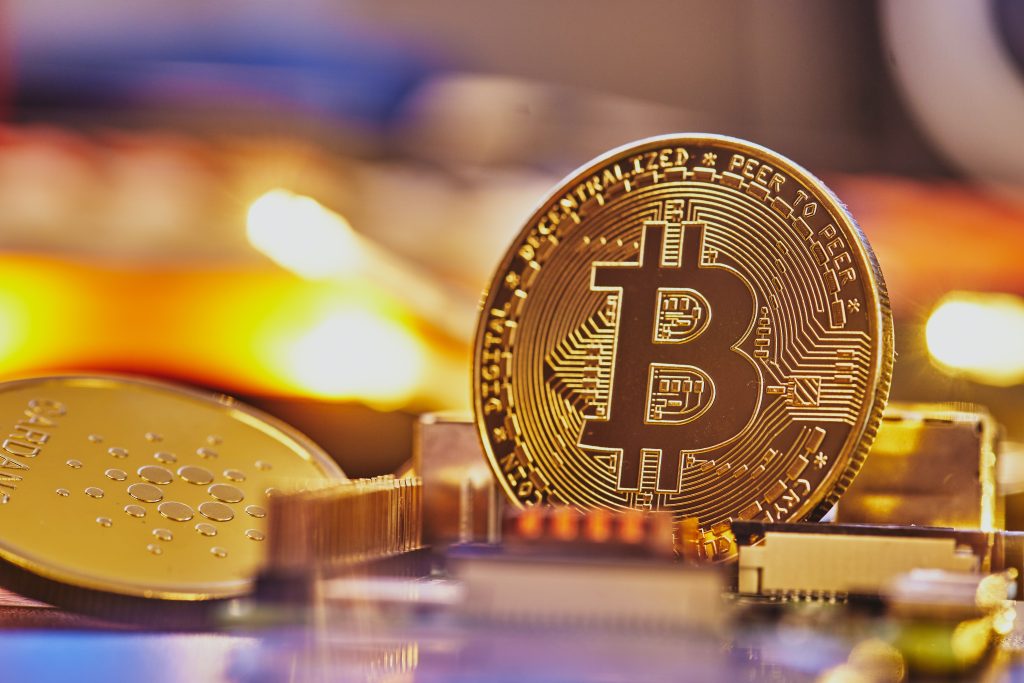Bitcoin, the trailblazing cryptocurrency, ignites diverse opinions. While many laud it as a groundbreaking asset, others highlight its potential liabilities. Amidst these polarized views, a balanced perspective emerges, offering a holistic understanding of Bitcoin’s place in the financial panorama. For those interested in diving deeper into the world of cryptocurrency, consider exploring Quantumai for a seamless trading experience.
Bitcoins as Assets
Bitcoin, since its inception, has been a topic of intrigue, speculation, and intense debate. Born out of the 2008 financial crisis as a decentralized solution to the traditional banking systems, it has garnered attention for its unique properties, which distinctly set it apart from regular currencies and commodities. But is Bitcoin truly an asset?
When we think of assets, we often categorize them into tangible and intangible. Tangible assets are those you can physically touch, like real estate or gold, whereas intangible assets lack a physical presence, like patents or copyrights. In this light, Bitcoin naturally aligns more with intangible assets. Yet, it has a unique characteristic that even some tangible assets lack: intrinsic value. The term “intrinsic value” often refers to the inherent worth of an asset. While some critics argue that Bitcoin lacks intrinsic value, many proponents believe its value lies in its decentralized nature, limited supply, and the technology it’s built upon: the blockchain.
Diving deeper into the financial realm, Bitcoin’s portrayal as an asset becomes even clearer. Financial experts, hedge fund managers, and even traditional banking institutions have started recognizing the potential of Bitcoin. Many view it as a store of value, akin to gold. With its capped supply at 21 million coins, Bitcoin presents a deflationary model, contrasting starkly with fiat currencies which can be printed without a ceiling by governments. This finite nature is what many believe gives Bitcoin its “digital gold” status.
The Liability Argument
The rapid ascent of Bitcoin into mainstream financial discourse has undoubtedly showcased its potential as a revolutionary form of decentralized currency. Yet, for all its proponents, there’s an equally vociferous segment that casts it in the light of liability. The concerns underlying this stance are multifaceted, encompassing economic, regulatory, and technological dimensions.
Firstly, the notorious price volatility of Bitcoin cannot be ignored. Historically, its value has seen dramatic oscillations within short periods, making it a highly unpredictable store of value. Such erratic behavior has led to significant financial losses for many investors, especially those who purchased at peak prices only to witness sharp declines. This volatility also makes it challenging for Bitcoin to be widely accepted as a medium of exchange.
Regulatory concerns further cast shadows on Bitcoin’s stature. Without a centralized authority or governing body, Bitcoin operates in a gray area for many jurisdictions. Some governments have embraced its potential, but others have implemented outright bans or stringent regulations, apprehensive about potential illegal activities facilitated by its pseudo-anonymous nature.
Additionally, there are technological vulnerabilities. While the underlying blockchain technology is lauded for its security features, the broader Bitcoin ecosystem isn’t impervious to threats.
Lastly, an intrinsic aspect of Bitcoin’s design further fuels the liability argument. Traditional fiat currencies are, in essence, liabilities of central banks. They are backed by the trust in these institutions. Bitcoin, on the other hand, lacks such backing. Its decentralized nature means no central authority is obligated to uphold its value or ensure its functionality, leading some to question its long-term viability.
In the Middle: Hybrid Views
In the vast spectrum of opinions surrounding Bitcoin, there exists a nuanced middle ground that neither wholly condemns nor entirely exalts the cryptocurrency. This hybrid perspective seeks to balance the promising features of Bitcoin with its undeniable challenges, advocating for a more measured approach in understanding its role in the financial ecosystem.
Bitcoin’s decentralization, which eliminates the need for intermediaries and offers a transparent, immutable ledger, is undeniably revolutionary. Its potential to provide financial services to those unbanked, especially in regions with unstable economies, is commendable.
However, the hybrid view also acknowledges the inherent risks. While Bitcoin’s volatility can be seen as a growth attribute, reflective of a nascent asset finding its footing, it equally underscores its unpredictability. Similarly, while decentralization brings about autonomy from central banks and governments, it also results in a lack of a safety net. Fiat currencies, for all their flaws, have a nation’s economy, governance, and regulatory systems to underpin them.
Regulatory ambivalence further fuels this balanced perspective. While over-regulation might stifle Bitcoin’s potential, a complete lack of oversight can pave the way for illicit activities and market manipulation. Thus, the middle ground argues for sensible regulation that safeguards investors without curbing innovation.
Conclusion
In the ever-evolving world of finance, Bitcoin’s role remains a subject of intense debate. Whether viewed as an asset, a liability, or a mix of both, it undeniably shapes discussions on the future of currency and investment.








Add Comment